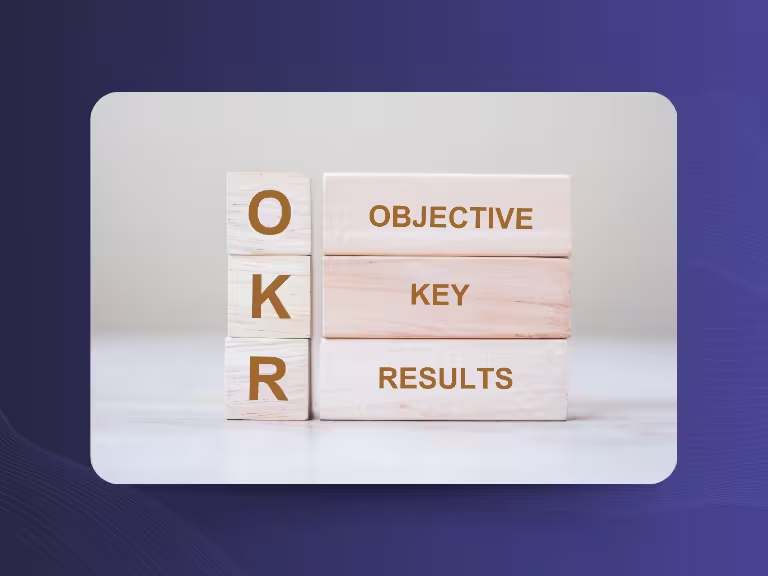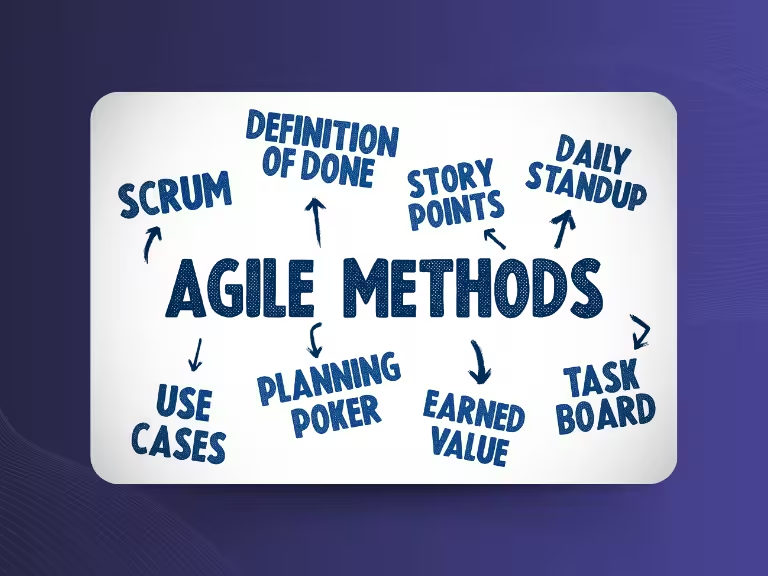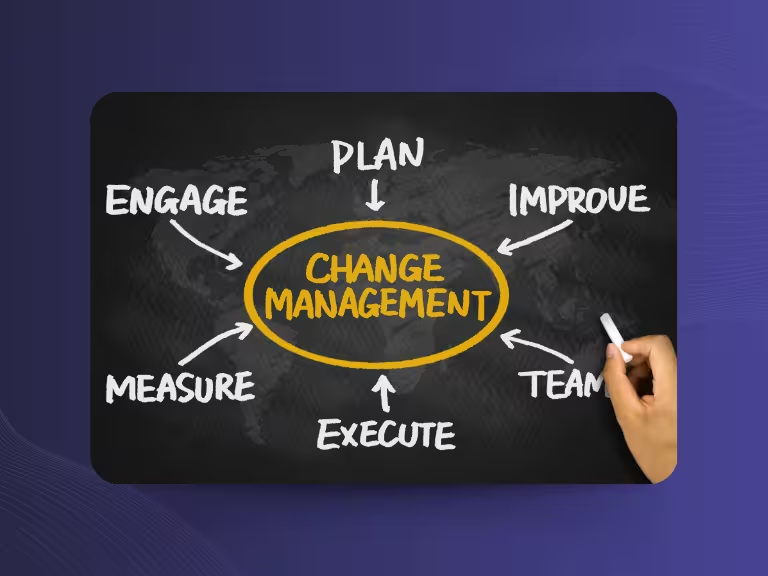What is Needs Analysis in Sales? Definition and Objectives
Needs analysis in sales is far more than a simple sales conversation – it's the foundation of every successful sales process. In an era where customers are becoming increasingly informed and demanding, it's no longer enough to present products and hope for a close. Modern sales teams use needs analysis as a strategic tool to identify genuine customer needs and develop tailored solutions.
Studies show that structured needs analyses can increase closing rates by up to 25%. But what makes an effective needs analysis? Which questioning techniques lead to success? And how can modern tools like CRM systems and AI-powered analysis tools support the process? In this article, you'll learn how to systematically optimize your needs analysis and achieve sustained sales success.
Understanding the Fundamentals of Needs Analysis
Needs analysis in sales refers to the systematic process of identifying customer needs, requirements, and challenges. Unlike traditional sales conversations that often focus on products, here the customer and their individual needs take center stage. It's not just about finding out what a customer wants to buy, but also why they want to buy it and what underlying problems they want to solve.
A crucial aspect of modern needs analysis is the emotional component. Purchase decisions aren't made purely rationally – emotions, personal motives, and external influences play a decisive role. An experienced salesperson recognizes these hidden needs through empathetic listening and targeted conversation management.
Objectives of Needs Analysis in the Sales Process
Needs analysis pursues several central objectives that extend far beyond short-term sales success. The primary goal is the exact identification of the actual need behind expressed customer wishes. Often, customers don't fully articulate their needs or focus on supposed solutions without naming the actual problem.
At the same time, needs analysis serves to build trust and establish long-term customer relationships. Through active listening and genuine interest in the customer's challenges, you position yourself as a competent advisor, not just a salesperson. This leads to more sustainable customer loyalty and increases the likelihood of follow-up business and referrals.
The Central Steps of Needs Analysis in Sales
Opening the Conversation and Building Relationships
The first impression significantly determines the success of a needs analysis. A successful conversation opener creates an open atmosphere where the customer feels comfortable and is willing to speak honestly about their needs. Ice-breaker questions like "How is business currently going for you?" or "What's currently occupying you most in your area?" help start the conversation naturally.
From the beginning, you should practice active listening. This means not just hearing the customer's words, but also paying attention to body language, tone of voice, and what's left unsaid. Modern meeting tools can support this by automatically documenting important conversation content and helping you focus fully on the conversation.
Capturing the Current Situation – Understanding Challenges and Needs
In this phase, it's about gaining a comprehensive picture of the customer's current situation. Use systematic questioning techniques to identify both obvious and hidden challenges. Situational questions like "How do you currently handle process XY?" or "What systems are you currently using?" help understand the starting point.
It's particularly important to also ask about the impact of current problems. Often, customers aren't aware of the full scope of their challenges. Questions like "What is this situation currently costing you?" or "How does this affect your team?" uncover the real pain points.
Defining the Desired Situation – Clarifying Wishes and Goals
After the current situation is clear, it's time to define the customer's wishes and goals. Here you distinguish between explicit needs that the customer openly expresses and implicit needs that lie between the lines. Goal-oriented questions like "What would the ideal solution look like for you?" or "What would have to happen for you to consider a change?" help clarify expectations.
Make sure to also understand the decision criteria and processes. Questions like "Who else is involved in the decision?" or "What factors are most important to you in the selection?" give you valuable hints for further conversation management.
Solution Development – Deriving Suitable Offers
Based on the analyzed needs, you now develop individual solution approaches. It's important not to simply present your standard offer, but to tailor the solution specifically to the identified problems and goals. In the B2B sector, this could be a customized software solution with specific integrations, while in the B2C sector, individual service packages or financing models might be in the foreground.
Use the customer's language and refer concretely to the expressed needs. Instead of saying "Our product can do X," formulate "Based on your need for X, we can offer you the following solution..."
Closing and Follow-up
A successful needs analysis doesn't end with the sales close. Follow-up is crucial for continuous needs adjustments and developing long-term customer relationships. Feedback conversations help you understand whether your solution is delivering the expected results and where optimization is still needed.
CRM systems play a central role in documentation and follow-up. They make it possible to store all insights from the needs analysis and use them for future conversations. Modern tools can even automatically set reminders for follow-up calls and provide relevant information for the next customer meeting.

Questioning Techniques in Needs Analysis – How to Ask the Right Questions
Open vs. Closed Questions
The art of needs analysis lies in the skillful combination of different question types. Open questions are the key to gaining deeper insights and getting the customer to talk. They typically begin with "How," "What," "Why," "When," or "Where" and allow the customer to answer extensively, often revealing more than originally intended.
Closed questions, on the other hand, are excellent for fact-checking and decision-making. They lead to concrete yes or no answers and help confirm specific information or steer the conversation flow. A balanced mix of both question types makes the needs analysis both informative and targeted.
Special Question Types in the Sales Process
Situational questions form the foundation of every needs analysis. They help understand the customer's current situation: "How is your current workflow organized?" or "What tools do you currently use for this task?" These questions build trust and show genuine interest in the customer's situation.
Problem questions go a step further and identify concrete pain points: "What challenges do you have with your current solution?" or "What doesn't work as desired in your current process?" These questions uncover the actual problems the customer wants to solve.
Benefit questions finally help highlight the advantages of a solution: "What improvement would make the biggest difference for you?" or "How would a solution to problem X affect your business?" These questions motivate the customer to envision a better future.
Psychological Tips for Better Conversations
Psychology plays a crucial role in needs analysis. Mirroring customer communication – adapting to their communication style, pace, and language – unconsciously creates trust and rapport. If your customer communicates rather factually and directly, you should respond similarly. If they're more emotional and detailed, you can follow this style.
Active listening goes beyond mere hearing. It means paraphrasing what's been said ("If I understand you correctly, your main problem is..."), asking follow-up questions ("Can you give me a concrete example?"), and responding empathetically ("I can understand that well"). These techniques show the customer that you take them seriously and understand their situation.
Modern Methods and Tools to Support Needs Analysis
CRM Systems and Data Management
Modern CRM systems like Salesforce or HubSpot have revolutionized needs analysis. They enable structured capture of all customer information and create a central database for all sales activities. Through automated documentation of conversations and interactions, important needs and preferences can be tracked and analyzed over time.
The analysis functions of modern CRM systems are particularly valuable. They can recognize patterns in customer data, identify trends, and even make predictions about future needs. These insights help proactively approach customers and anticipate their needs before they articulate them themselves.
AI and Digital Self-Assessment Tools
Artificial intelligence opens completely new possibilities in needs analysis. AI-powered tools can analyze large amounts of data and recognize patterns that would escape human analysts. They can, for example, learn from past sales conversations and provide recommendations for future needs analyses.
Self-assessment tools enable customers to reflect on their own needs before the sales conversation. These digital questionnaires or interactive tools help not only with pre-qualification but also make customers more aware of their own needs. This leads to more focused and effective sales conversations.

Mobile and Cloud-Based Applications in Field Sales
Mobile applications have particularly brought about change in field sales. Salespeople can capture important information spontaneously and directly with the customer, without having to laboriously transfer notes later. Cloud-based solutions ensure that all information is immediately available in the system and can be used by other team members.
Integration into existing workflows is crucial here. Modern tools can automatically schedule appointments, set follow-up reminders, and provide relevant information for the next customer meeting. This not only increases efficiency but also improves the quality of needs analysis.
Practical Examples, Industry-Specific Characteristics & Continuous Optimization
Practical Examples from Various Industries
In mechanical engineering, the power of systematic needs analysis is particularly evident. A company was able to develop automated solutions through targeted analysis of its customers' maintenance challenges, which not only increased efficiency but also led to a 15% revenue increase. The key was not just asking about obvious problems, but also identifying the hidden costs of downtime and manual processes.
In software sales, digital tools have proven particularly valuable. Here, self-assessment tools can help potential customers identify and prioritize their own needs. These pre-qualified insights enable salespeople to conduct personalized conversations from the start and significantly shorten the sales cycle.
Industry-Specific Challenges and Adaptations
In B2B sales, complex, technical issues are often in the foreground. Here, needs analysis requires a deep understanding of customer processes and often technical expertise. At the same time, multiple decision-makers are usually involved, requiring analysis of different needs and priorities.
Retail, on the other hand, thrives on quick decisions and often impulsive purchase decisions. Here, needs analysis must occur in less time without becoming superficial. Experienced salespeople develop a sense for quickly identifying relevant needs with a few targeted questions.
In the service sector, individual life situations and personal challenges are the focus. Here, particular empathy is required, as needs are often emotionally driven and may involve sensitive topics.
Feedback and Continuous Improvement of Needs Analysis
Effective needs analysis is never complete. Systematically gathering customer feedback helps continuously improve analysis processes. Regular surveys after the sales process provide valuable insights about whether the identified needs were correct and whether the offered solution delivers the expected results.
Agile adaptations are particularly important in rapidly changing markets. What was considered a central customer need yesterday may be outdated today. Modern sales teams use regular retrospectives to reflect on and adapt their needs analysis techniques.
The integration of lessons learned and best practices into the entire team is crucial. Meeting documentation tools can help document successful needs analyses and share knowledge within the team. This way, all team members benefit from the experiences of the most successful salespeople.
.avif)
Conclusion – Successfully Implementing Needs Analysis in Sales and Securing Benefits
Needs analysis in sales is more than a sales technique – it's the foundation for sustainable sales success and long-term customer relationships. The most important insights can be summarized in four core areas: structure, questioning techniques, modern tools, and psychological competence.
A methodical, structured approach with clear steps – from conversation opening through current and desired situation analysis to solution development – forms the foundation of every successful needs analysis. The skillful combination of different questioning techniques, from open situational questions to targeted benefit questions, makes it possible to identify both obvious and hidden customer needs.
Modern technologies like CRM systems, AI-powered analysis tools, and mobile applications support this process and make it more efficient. They enable systematic capture of customer data, pattern recognition, and proactive response to needs. At the same time, the human component remains indispensable: empathy, active listening, and emotional intelligence are the key to winning customer trust and understanding their true needs.
The measurable benefits of professional needs analysis are impressive: higher closing rates, sustainable customer relationships, and significant revenue increases. Companies that invest in optimizing their needs analysis create a clear competitive advantage.
Now is the right time to systematically reconsider and optimize your own needs analysis. Start by structuring your conversation management, expand your repertoire of questioning techniques, and use modern tools to support your processes. The investment in these skills pays off not only in better sales numbers but also leads to more satisfied customers and a more fulfilling sales career.

Test Meeting Transcription now!
We'll help you set everything up - just contact us via the form.
Test NowOr: Arrange a Demo Appointment




